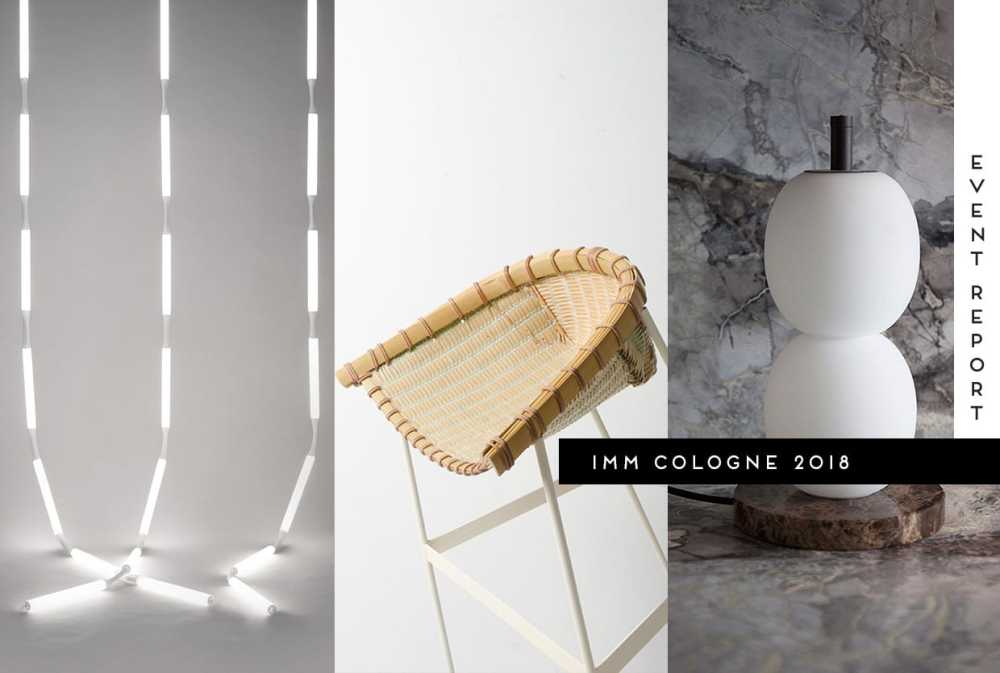 Best In Show: IMM Cologne 2016.
Best In Show: IMM Cologne 2016.
Pure Talents Contest At IMM Cologne 2017.
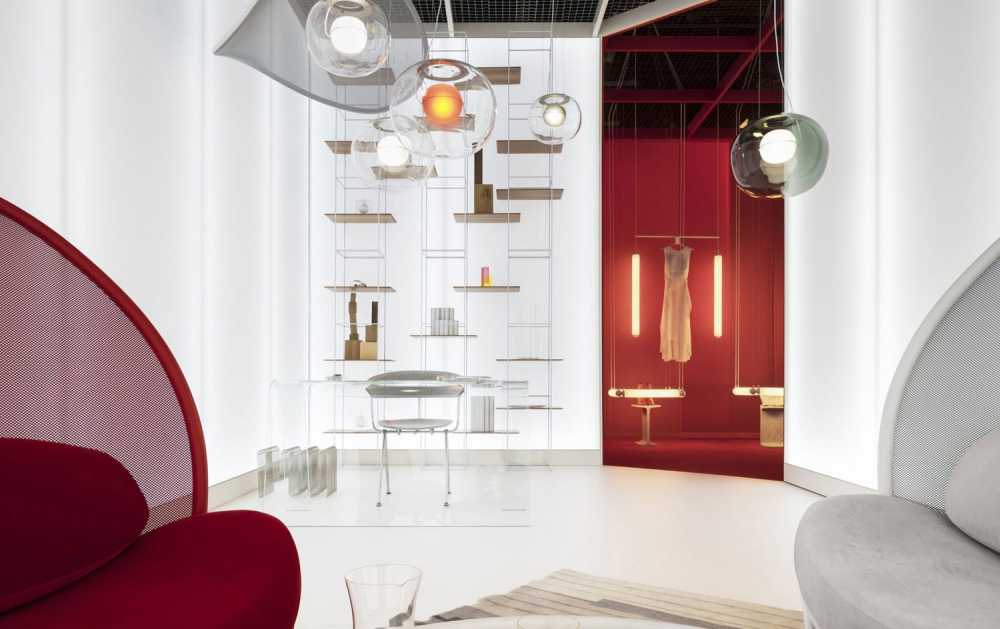 Stella Works stand designed by Neri&Hu. Photographed by Taran Wilkhu.
Stella Works stand designed by Neri&Hu. Photographed by Taran Wilkhu.
 Utility Sofa by Neri&Hu.
Utility Sofa by Neri&Hu.
 Bund Collection by Neri&Hu.
Bund Collection by Neri&Hu.Neri&Hu for Stellar Works // The Bund furniture collection by Shanghai-based architects and designers and the creative directors of Stellar Works, Neri&Hu, is inspired by the Bund, a lasting symbol of Shanghai’s past, present and future. The collection combines elements from both the city’s industrial origins and its splendid colonial history. The soft curves and rich fabric finishes observed in Bund pieces pay homage to the Art Deco style, which is permanently ingrained in the DNA of Shanghai. Stellar Works also showcased The Utility Sofa, which has been reimagined with a more refined silhouette, combining comfort with practicality and offering a sophisticated take on the enduringly popular industrial aesthetic.
 Loafer Chair.
Loafer Chair.
 Loafer Chair and Amore Mirrors.
Loafer Chair and Amore Mirrors.
 Extended Copenhagen Lighting Series.
Extended Copenhagen Lighting Series.
 Extended Copenhagen Lighting Series.
Extended Copenhagen Lighting Series.Space Copenhagen for &Tradition // Designed to suit the newly renovated interior of for the iconic SAS Royal Hotel in Copenhagen, originally designed in 1960 by the father of Danish modernism, Arne Jacobsen, Space Copenhagen and &tradition present the new Loafer chair. The chair features a simple, classic silhouette with a semi-circular shaped backrest that echoes the circular elements of the lobby in the SAS Royal Hotel. Also designed for the SAS Royal Hotel in Copenhagen is the new Amore mirror series that the hotel has commissioned for its rooms. Space Copenhagen’s creative process involved analysing the building, the views, the reflections and changes in light, which led them to their design. Also presented was an extension of the Copenhagen lighting series, introducing a floor light, wall light, table light and desk light version.
 Ferdinand Chair by OEO Studio.
Ferdinand Chair by OEO Studio.
 TRIIIO Table series by Hans Boling.
TRIIIO Table series by Hans Boling.
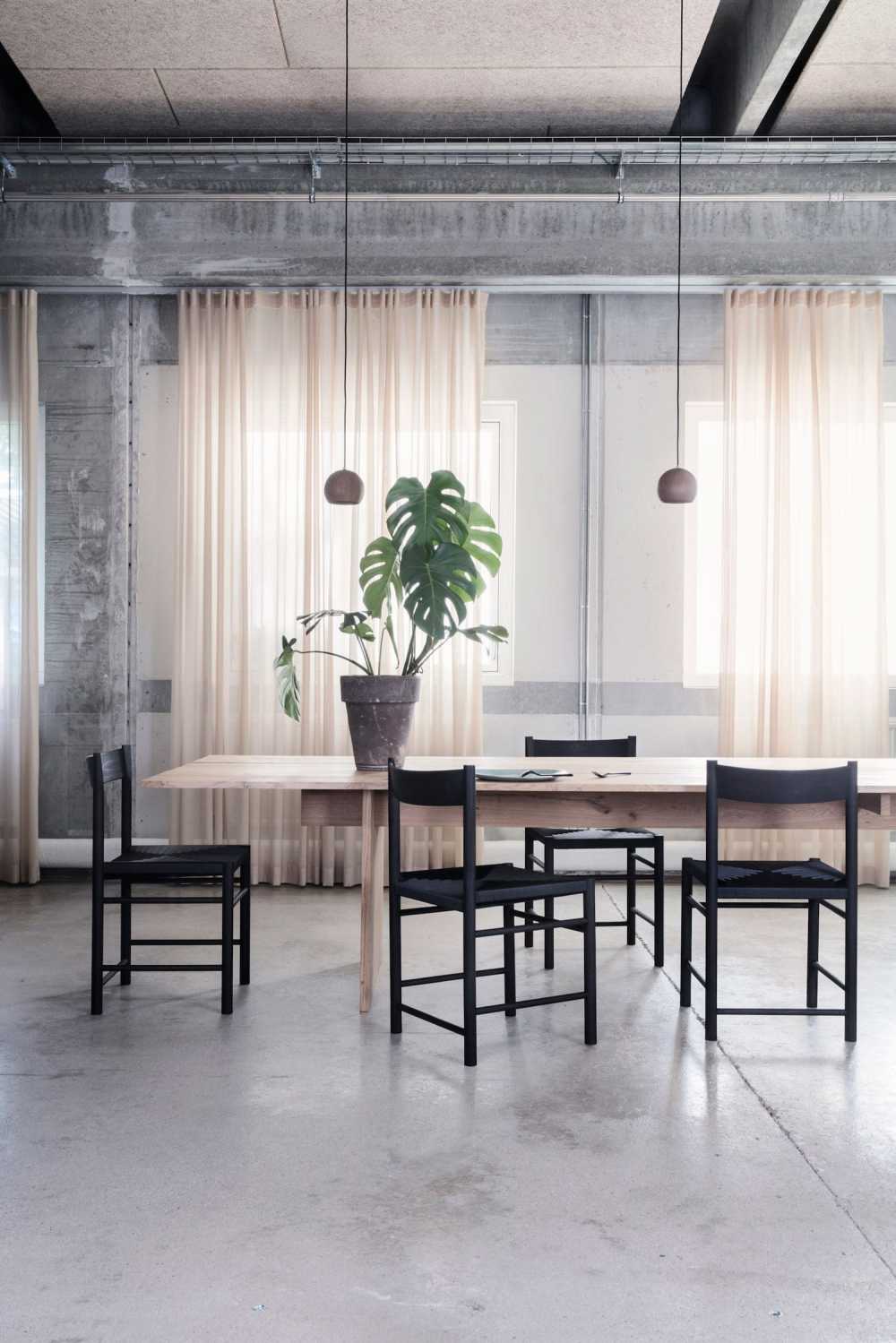 F Chair by Rasmus Baekkel Fex.
F Chair by Rasmus Baekkel Fex.A range of new & existing pieces by Brdr. Krüger // The fifth-generation Danish furniture company presented a series of pieces, including the Ferdinand Lounge Chair in an updated smoked oak and brown leather seat designed by OEO Studio; the TRIIIO Table series originally sketched in 1958 by Hans Bølling, now in production for the first time; and the F Chair – a contemporary shaker chair based on the virtues of traditional craft, which was presented is in a new oiled oak version.
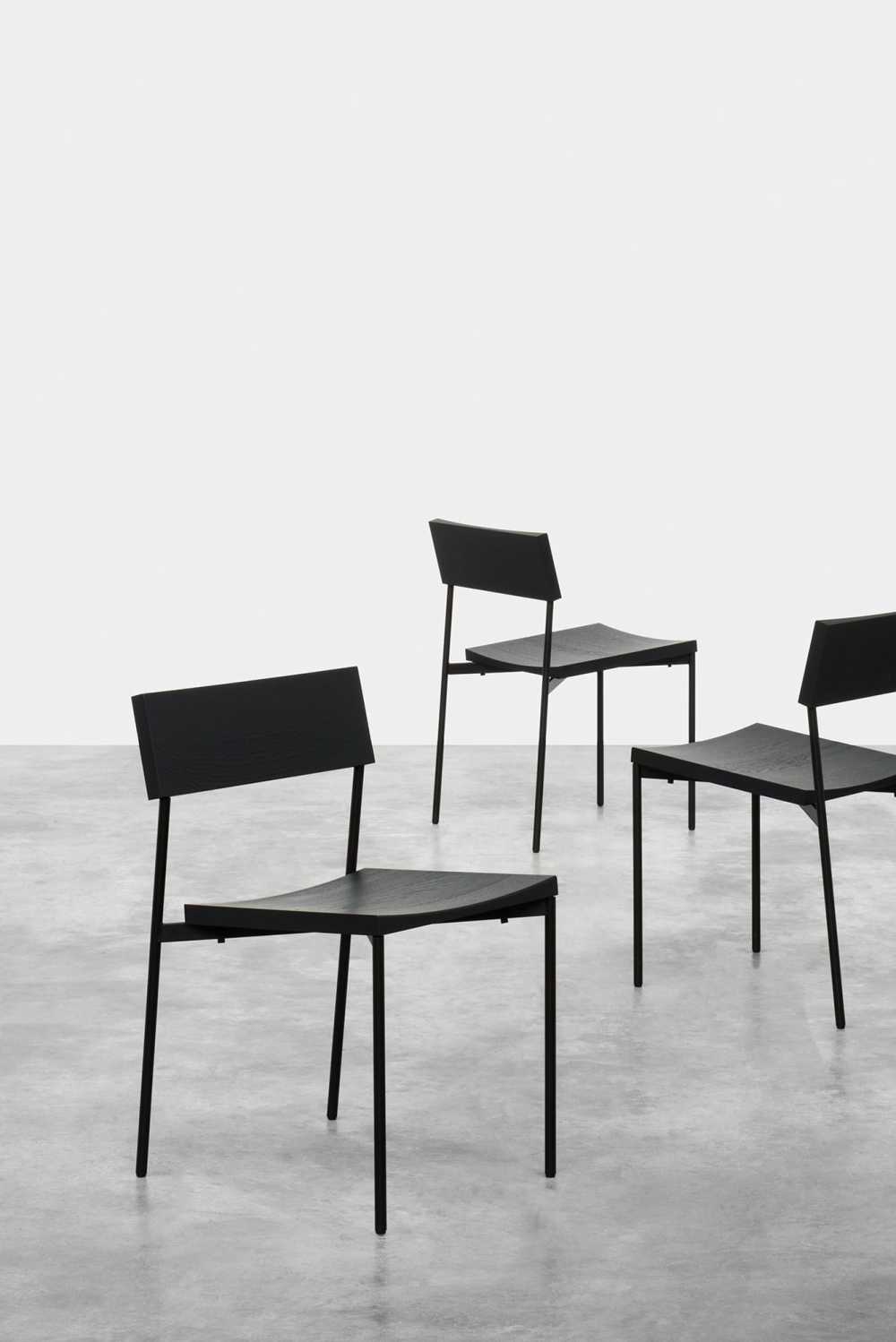 Henning stackable chair.
Henning stackable chair.
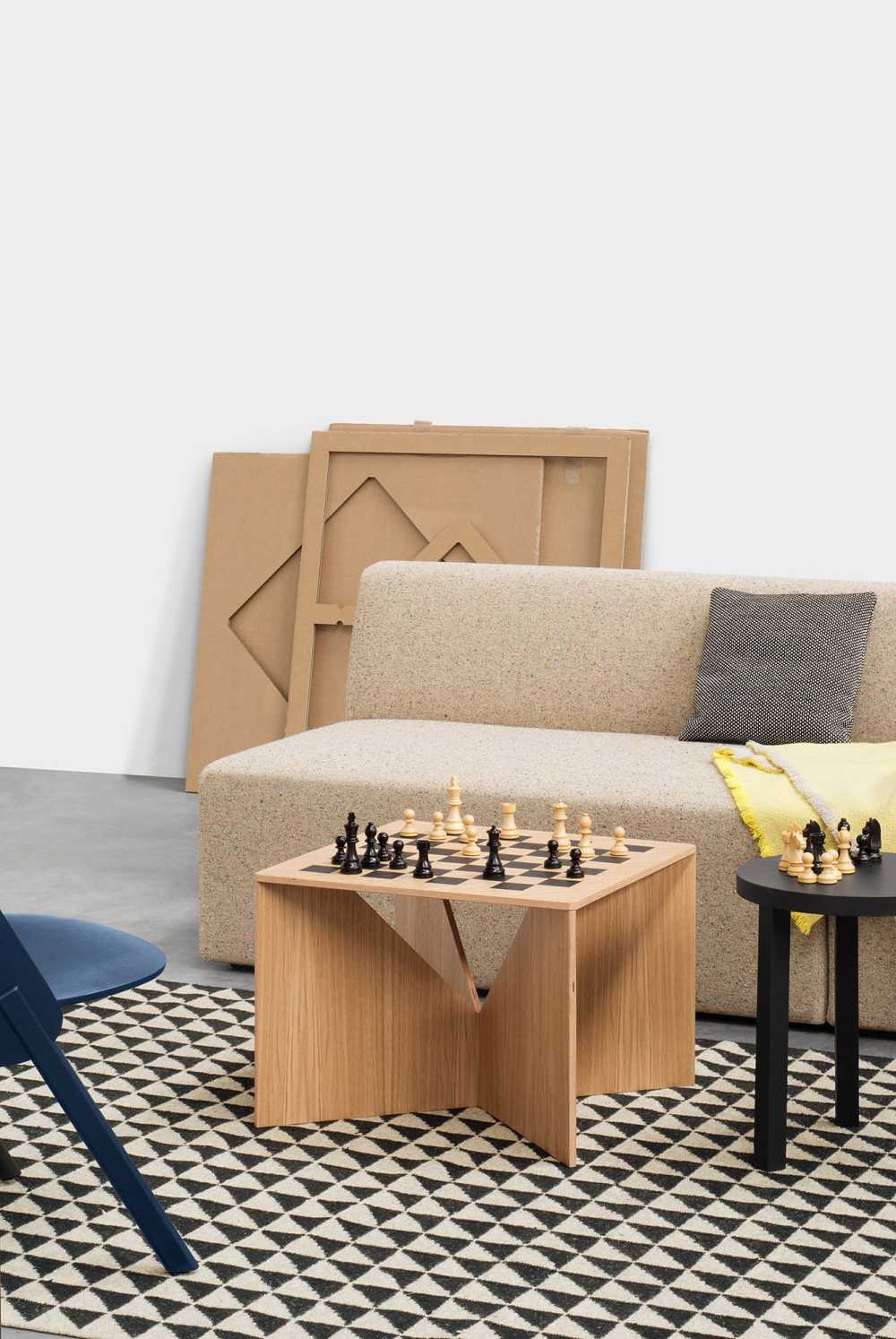 Calvert Chess coffee table.
Calvert Chess coffee table.
 Ashida table, Langley stool & Salina stoneware.
Ashida table, Langley stool & Salina stoneware.New release by e15 // e15 introduced two new pieces at IMM Cologne 2018 – the solid wood table ASHIDA and stackable chair HENNING by Philipp Mainzer. The company also celebrated 120 years of Ferdinand Kramer with a special edition of coffee table CALVERT CHESS (which is also available in a racy red colour – hhhhhot! Just sayin’).
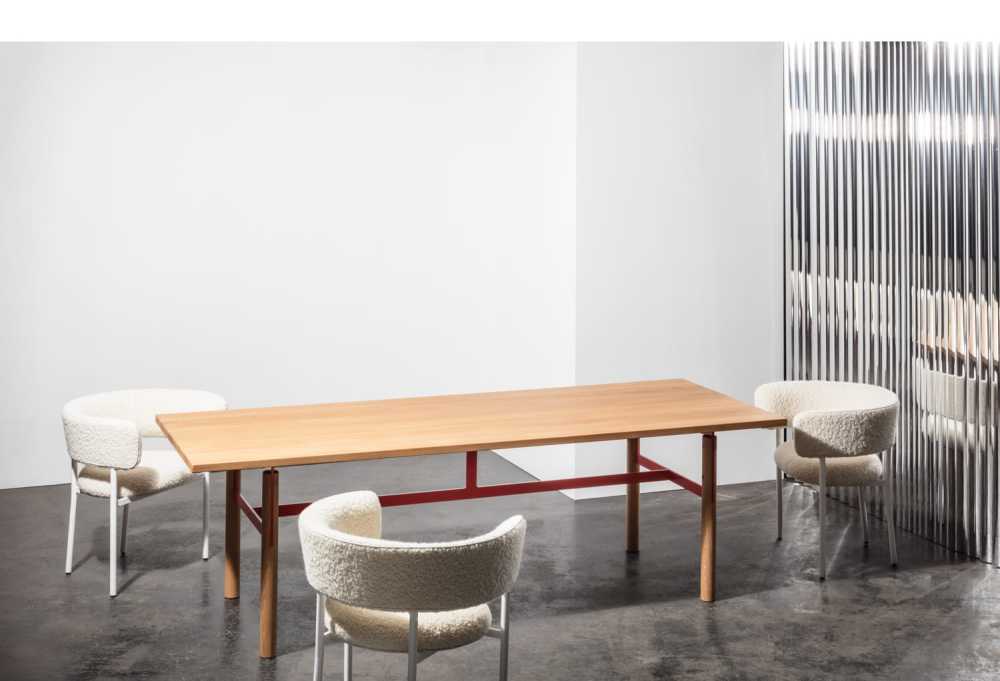 Font dining chairs & Beam dining table.
Font dining chairs & Beam dining table.

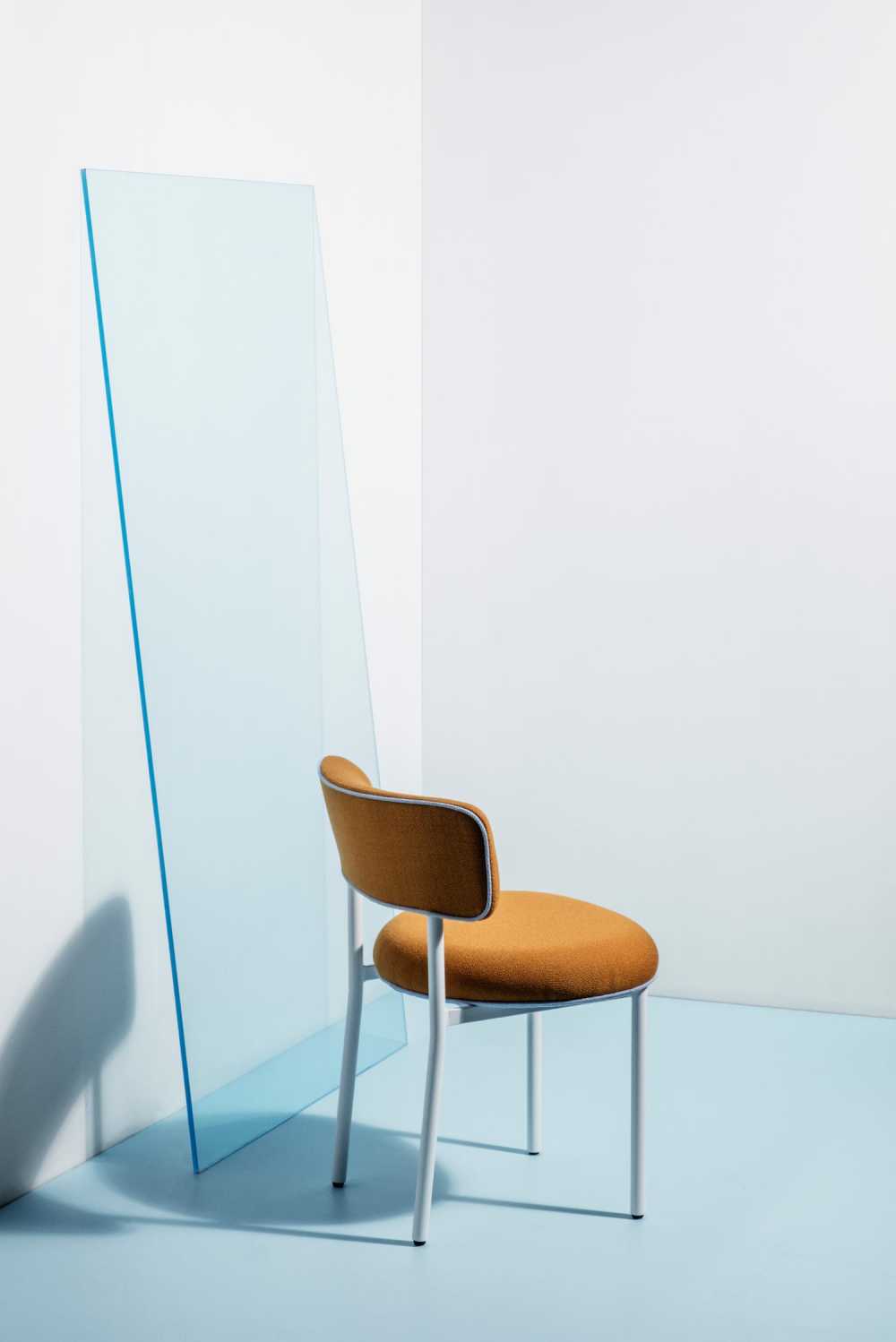
Left: The Pair side tables. Right: Font dining chair.
 Font bar sofa.
Font bar sofa.
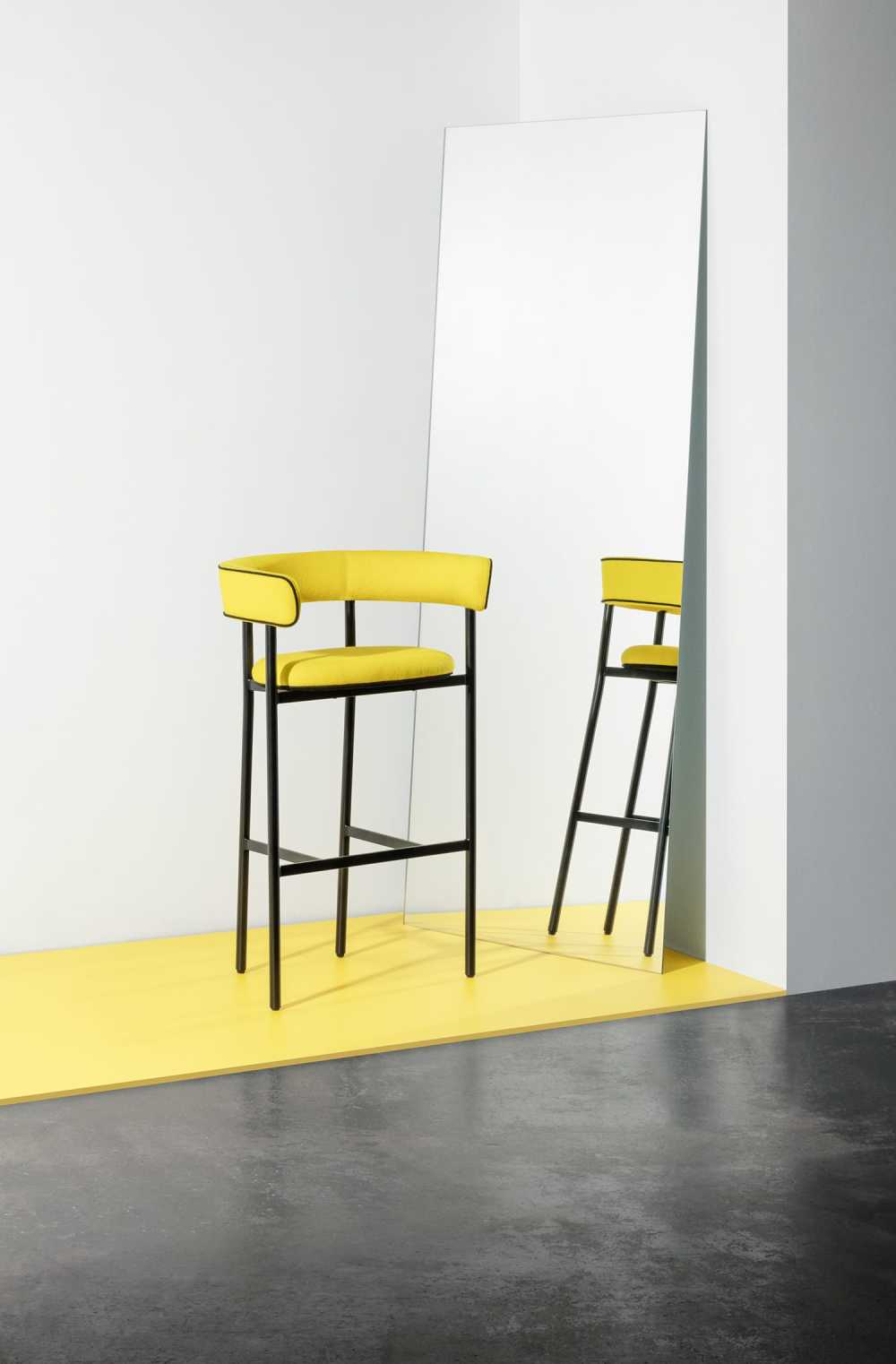
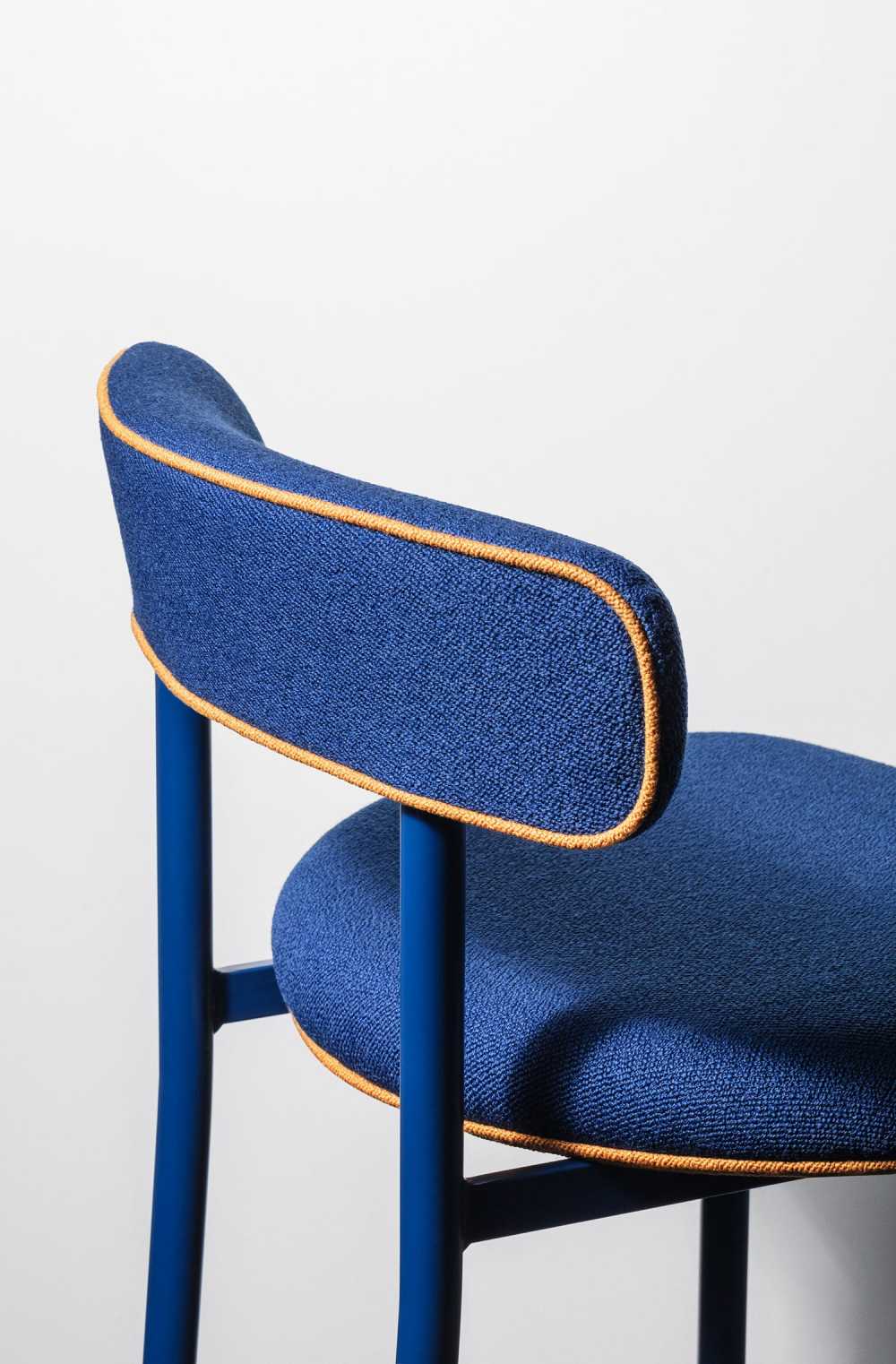
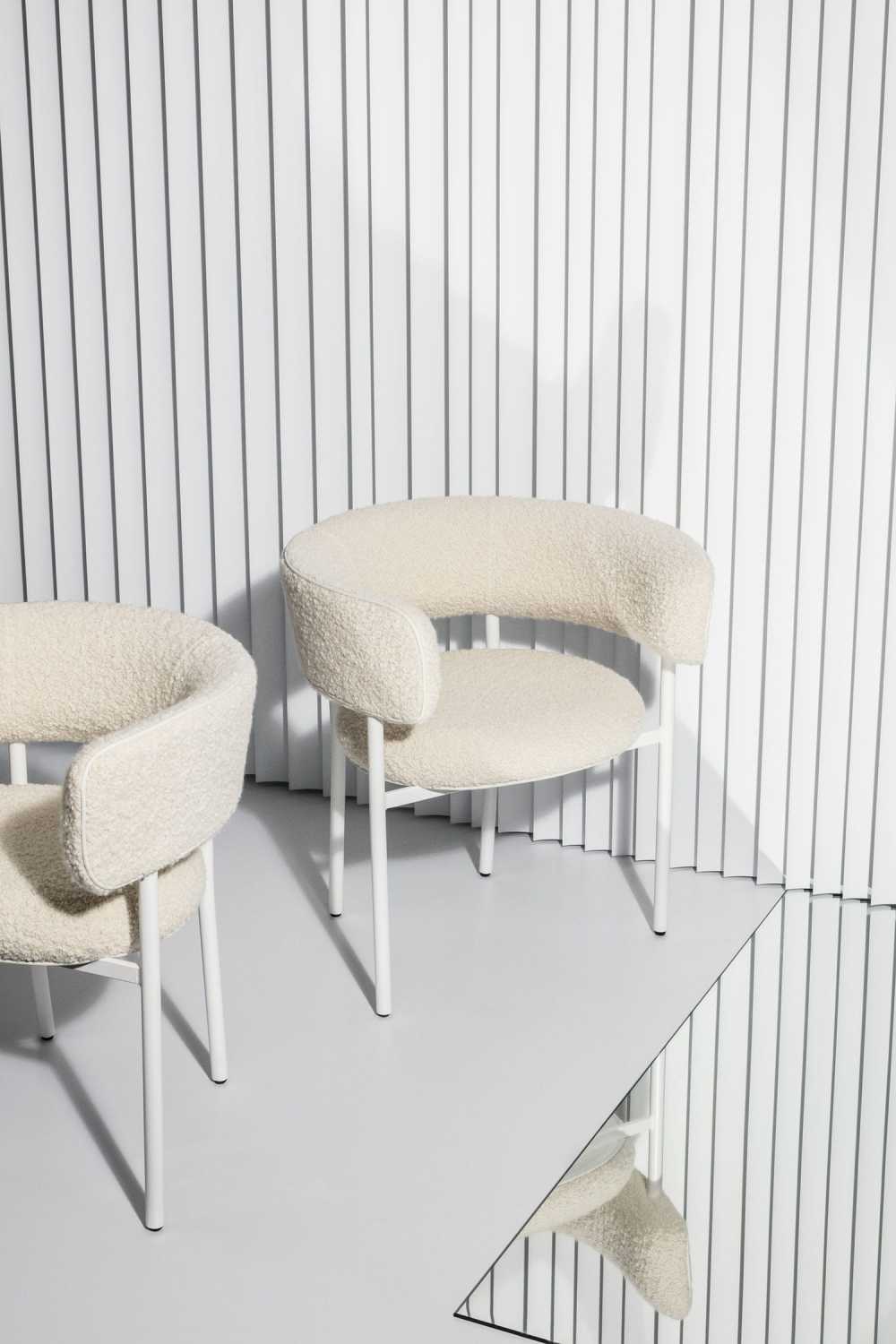

Studio David Thulstrup for Møbel Copenhagen // The excellent folk from Studio David Thulstrup debuted their new collection for Danish brand Møbel Copenhagen. Pieces include the ‘Front Light’ bar stool & bar sofa, ‘Front Regular’ dining chair, ‘Front Bold’ dining chair, lounge chair & lounge sofa, ‘Beam’ dining table and ‘The Pair’ side tables. Don’t act like you’re not impressed.
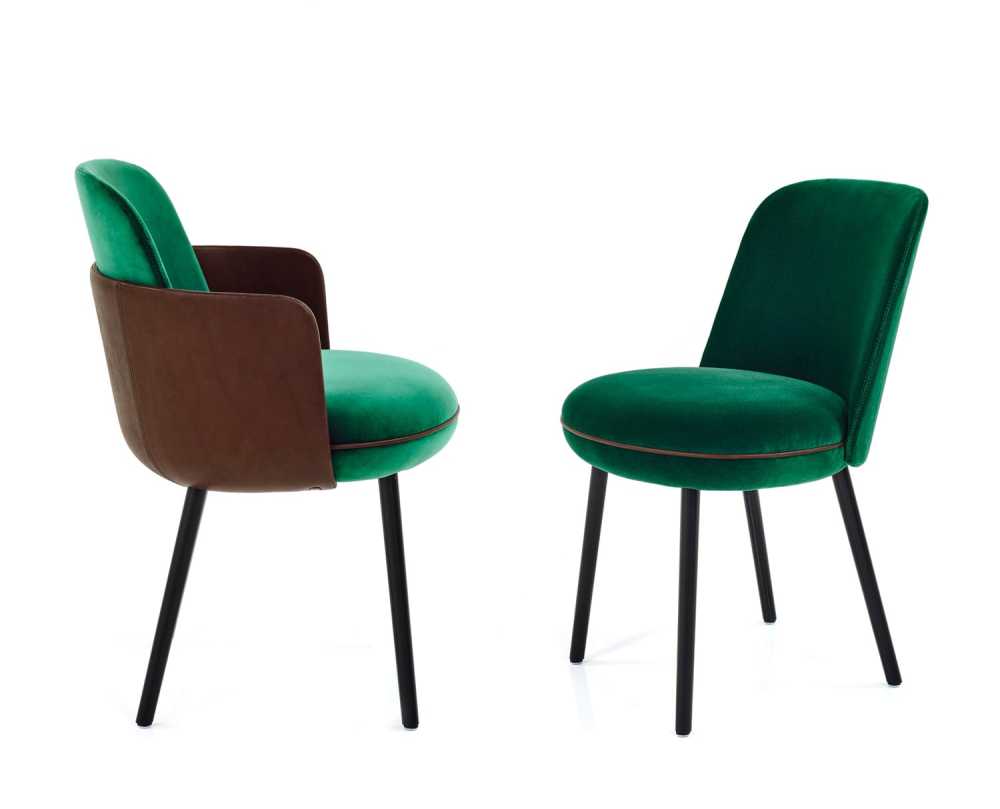 Strips Sofa by Cini Boeri.
Strips Sofa by Cini Boeri.Arflex celebrates 50 years of Strips Sofa // Designed in the late 60s by Cini Boeri, the modular sofa system revolutionized the furniture world, placing itself firmly into Arflex history as one of the company’s most famous products. Strips immediately gained recognition from notable design awards and museums around the world, remaining a design classic to this day.
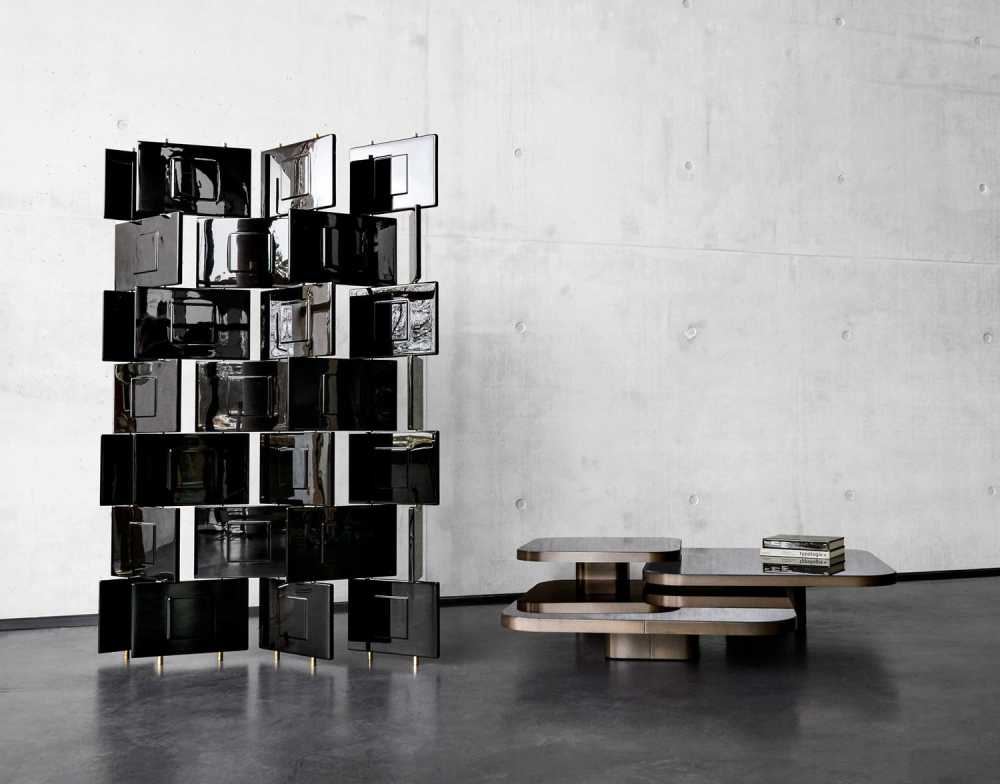 ELLA sofa.
ELLA sofa.
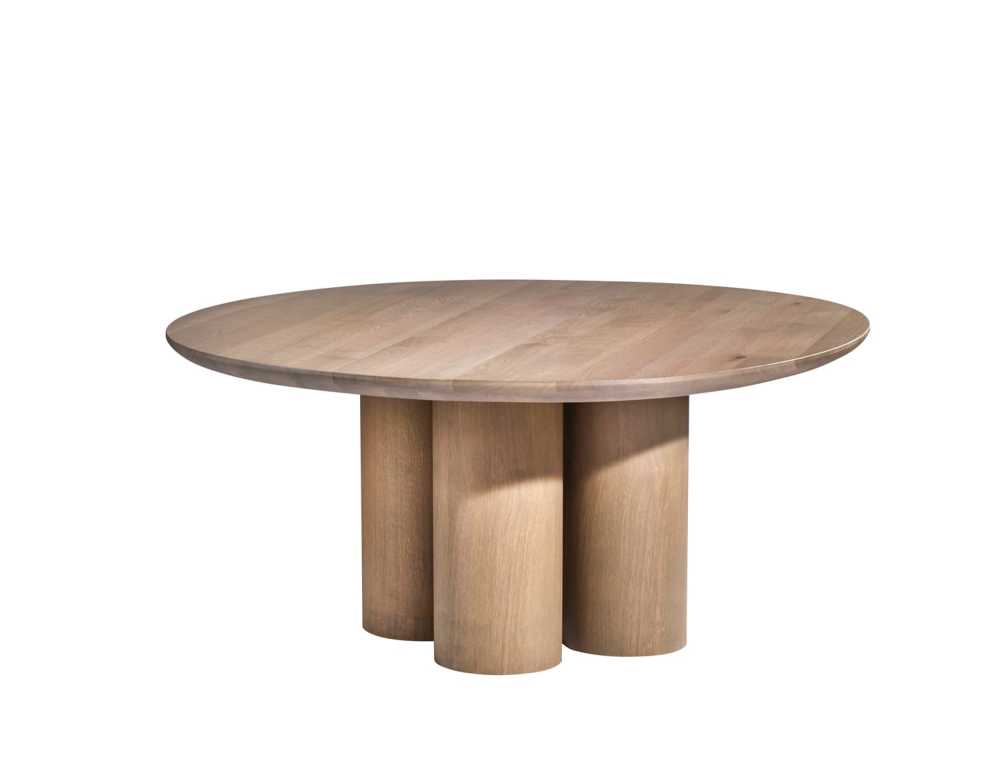 OLLE dining table.
OLLE dining table.Studio Piet Boon // Inspired by the shape of the studio’s iconic KLINK sidetable, the new Piet Boon furniture pieces are infused with the same artisanal non-geometric contour. The renewed furniture collection displays the studio’s fascination with shape and the intuitive process of shaping design. OLLE table look like Ana Kraš’s Slon much? Hmmm…
 Photo by Muller, Cesbron/Koelnmesse.
Photo by Muller, Cesbron/Koelnmesse.Liga by Matthias Cesbron & Pierre Alexandre Muller // A collaboration between French designers Matthieu Muller and Pierre-Alexandre Cesbron, Liga is a series of metal storage furniture, comprising of a box, a bedside cabinet and a coffee table. The two-piece lid is fastened using a full-perimeter nylon strap that serves as a joint and can be folded open separately to grant access to the closed interior of the piece of furniture.
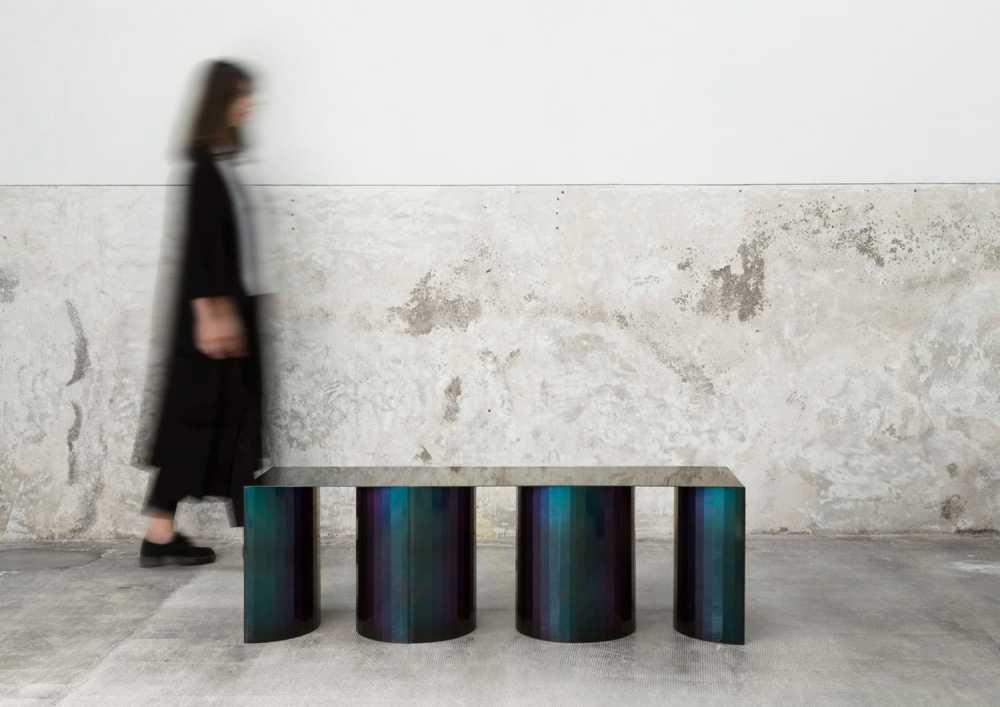 Photo by Perini, Sanchez de Lollano, Arribas de Miguel /Koelnmesse.
Photo by Perini, Sanchez de Lollano, Arribas de Miguel /Koelnmesse.Cetoine by Alejandra Perini, Gonzalo Sanchez Lollano & Raul Arribas de Miguel // A collaboration between Alejandra Perini, Gonzalo Sanchez de Lollano and Raúl Arribas de Miguel, the metal stool Cétoine is inspired by the beauty and diversity of the insect from which it takes its name, the rose chafer. The beetle was considered sacred in many ancient cultures, and its exoskeleton is a shimmering multitude of colours that varies depending on the viewer’s perspective. The two stools respond to this interplay and are joined to each other in a sleek, fluid movement.
 Photo by Morita/Koelnmesse.
Photo by Morita/Koelnmesse.TEMI by Hiroyuki Morita // Originally used as a harvesting tool for sorting grain, Temi presents such an ergonomic and mature form that the Japanese designer Hiroyuki Morita wanted to retain the shell as a seat perfectly adapted to match the human body. With its simple construction and reduced use of material – bamboo, leather, steel – the resulting stool Temi has an absolutely forward-looking appearance.
 Photo by Regenbrecht/Koelnmesse.
Photo by Regenbrecht/Koelnmesse.Hyperreal by Pia Regenbrecht // What does living space mean in the era of the digital hyperspace of the World Wide Web? The product series Hyperreal thematises the disappearance of the borders between space and time by asking about the everyday habits through furniture with contrary functions. German designer, Pia Regenbrecht, wants to redirect the focus to life here and now. In this way, the wooden table “ Productivity Disfunction” becomes a functionless object by turning the upper part over, the clock “Future Presence” is only readable from one angle or perceivable from the surrounding space, and the sheet steel standing mirror “Selffocus Surrounding” exceeds its usual function by providing a highly-polished, idealised reflection or steering the view to the surrounding environment.
 Photo by Alge/Koelnmesse.
Photo by Alge/Koelnmesse.Alces Alces by Victor Alge // Swedish designer Victor Alge took the scientific name for moose, Alces alces, as the name for his chairs. He wanted to find a use for the masses of animal skins left behind after moose hunting in Sweden. He developed a new processing method: hard leather parchment is softened, sewn together and then filled with compressed air before leaving it to dry – creating a form as hard as plastic.
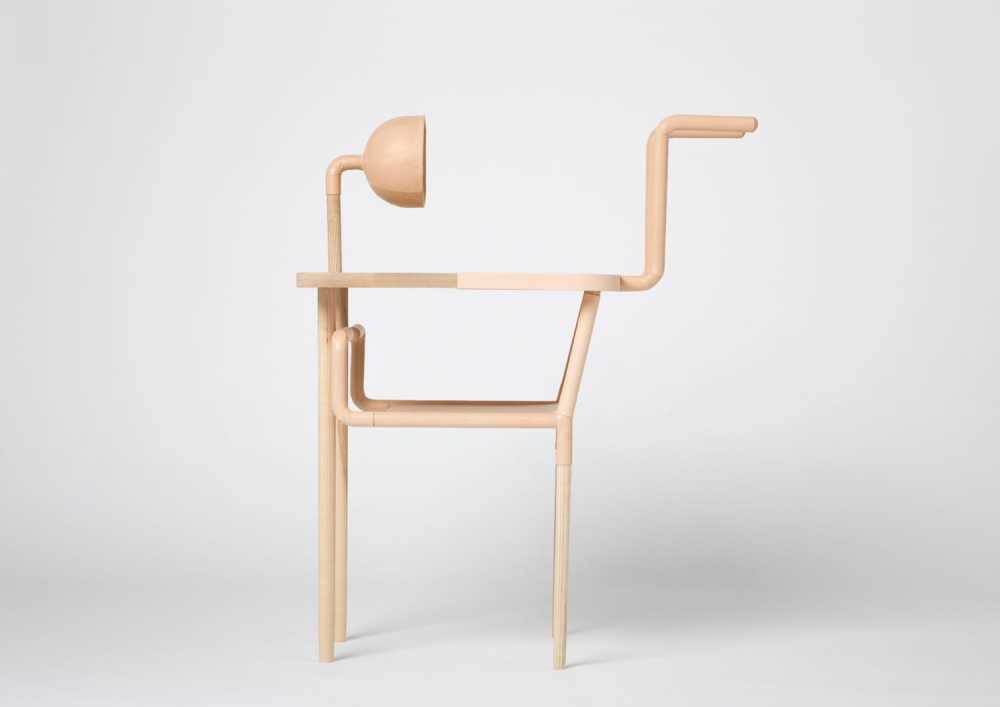 Photo by Guan/koelnmesse.
Photo by Guan/koelnmesse.Symbiotic Objects by Xiang Guan // Inseparable, the table and chair in Symbiotic Objects are mere fragments, lovingly worked from metal, wood and leather, only becoming complete when a person inserts themselves between all the pieces. Chinese designer Xiang Guan highlights the relationship between human beings and utility objects, one he believes needs to be redefined in our consumer society and throw-away culture.
 Photo by Schulz/Koelnmesse.
Photo by Schulz/Koelnmesse.Honeycomb Carpets by Sophia Buhne // Upcycling as a form of art. It was the material that inspired Hamburg textile designer Sophia Schulz to create her Honeycomb Carpets. She takes thick rolls of wool – waste products from felt making – and uses them as the weft material in woven carpets. In this way, unique carpets with strong patterns are produced that remind one of a honeycomb or cell structures in one’s traditional loom.
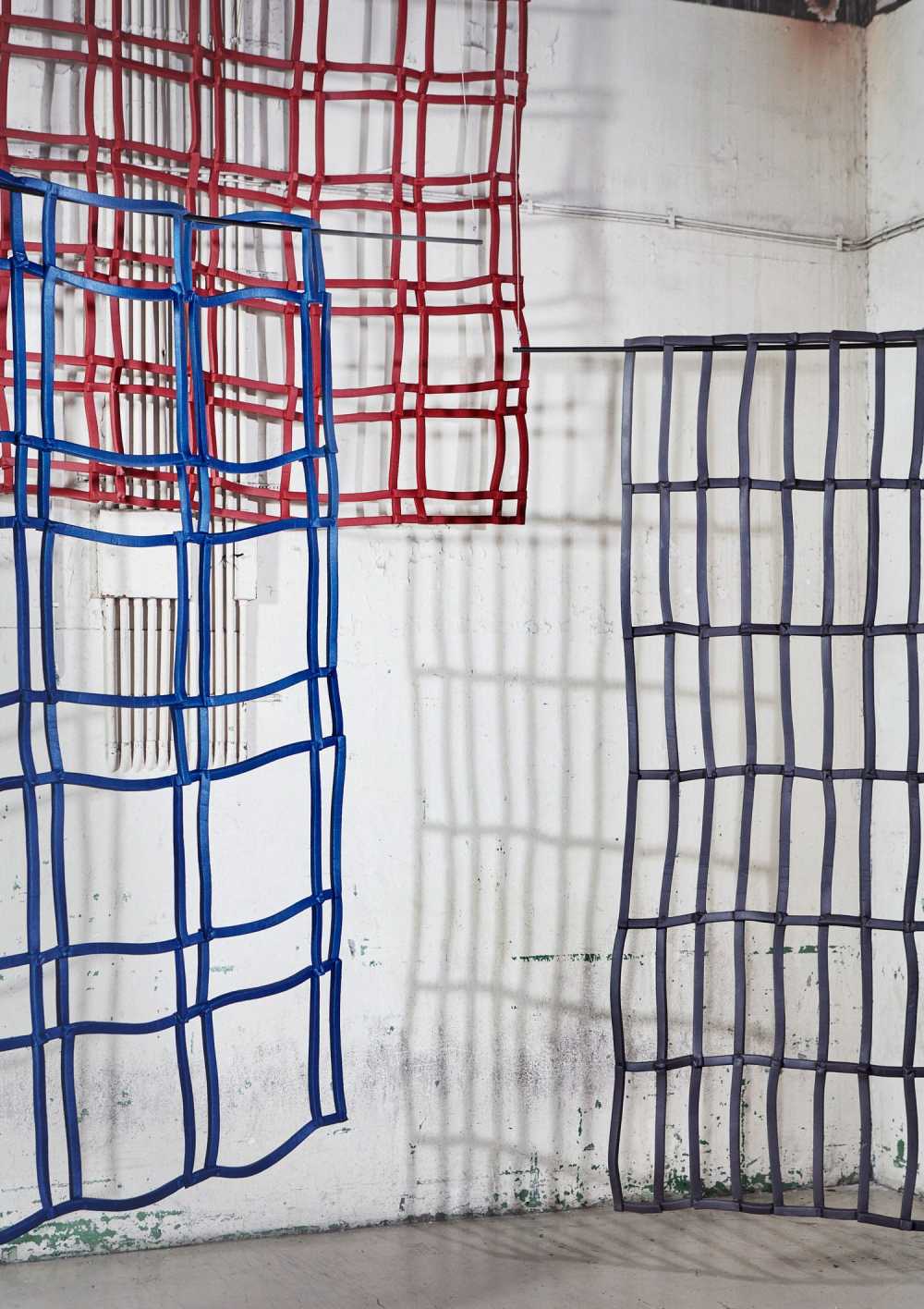 Photo by Ronald Smits/Denys/Koelnmesse.
Photo by Ronald Smits/Denys/Koelnmesse.Foam Fences by Anton Hendrik Denys // Sometimes the suggestion of privacy is enough. The Foam Fences by Belgian designer Anton Hendrik Denys look like metal grating due to the rubber coat and the angular overlapping voluminous foam strips, but are indeed soft and lightweight. These floating, lightweight room dividers allow ample light and just enough of an unrestricted view so that a room can be defined without suffocating it.
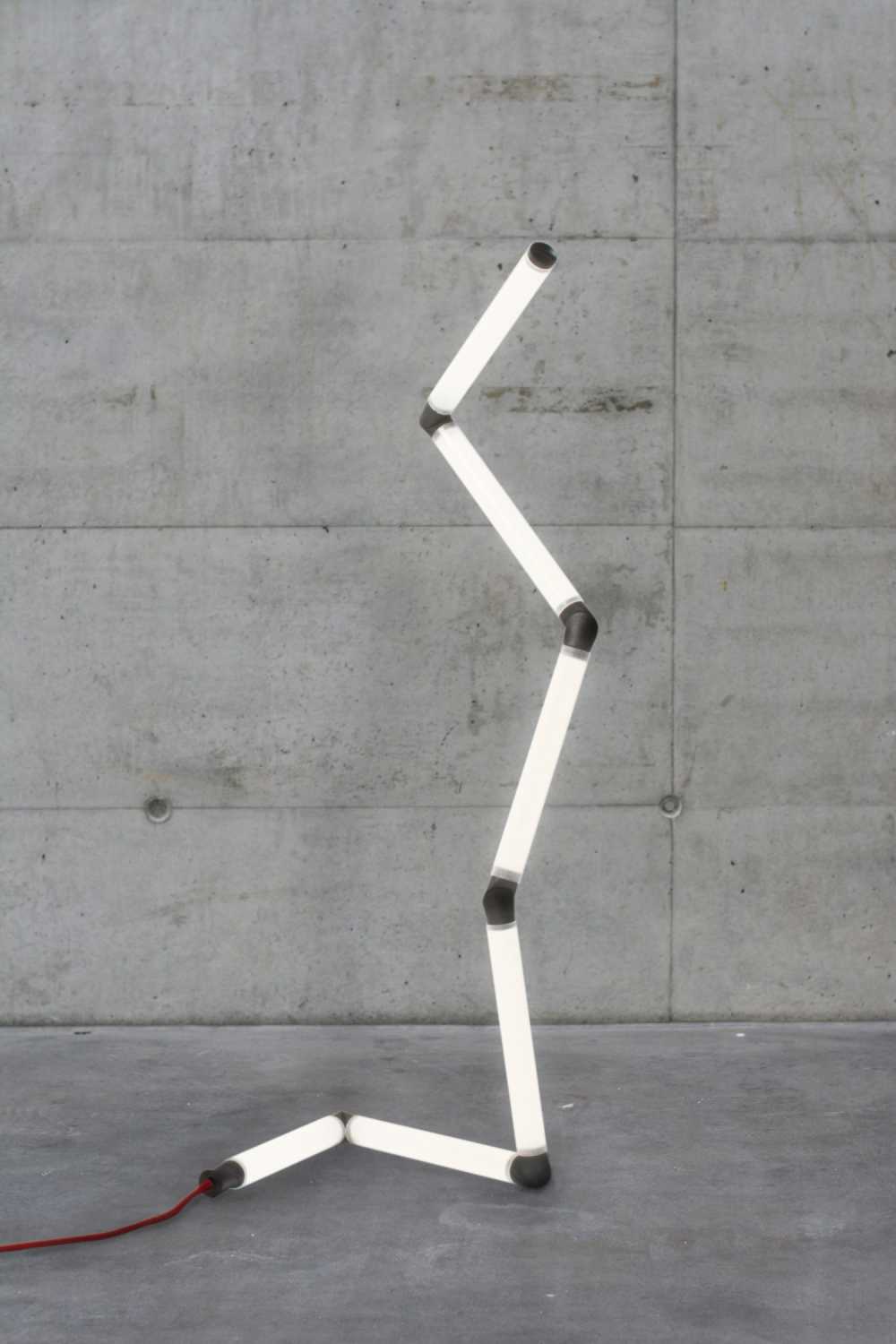 Photo by Wansing, Jakobs/Koelnmesse.
Photo by Wansing, Jakobs/Koelnmesse.60 by Jonas Wansing & Svenja-Katharina Jakobs // A simple hook workshop lamp, which began in the back of a garage, was the starting point for this extremely flexible lighting system by German designers Jonas Wansing and Svenja-Katharina Jakobs. The light its flexibility from the 60° cut and a sliding contact at the ends of the individual, extendible elements. These supply each other with electricity and form both the lamp and the frame at the same time. - 图片 © Designers and Press Office.
- 转载自:Yellowtrace
- 语言:English
- 阅读原文
|